Disclosure: This article contains affiliate links. We may earn a commission from purchases at no extra cost to you, which helps our travel content.
As I stepped off the ferry at Tagbilaran Port, the familiar buzz of tricycles and the warm Filipino greeting of 'Maayong buntag!' (Good morning!) reminded me why Bohol has become my favorite training ground for international marathons. This island province offers the perfect blend of natural wonders, cultural immersion, and sustainable travel opportunities that align perfectly with my car-free lifestyle. Over my two-week stay, I discovered that the real Bohol exists beyond the Chocolate Hills and tarsier sanctuaries—it lives in the daily rhythms of local communities, public transportation networks, and genuine Filipino hospitality.
Navigating Bohol's Transportation Network Like a Pro
As someone who's built a life around car-free travel, I found Bohol's transportation network surprisingly accommodating once you understand its rhythms. The island's backbone is its jeepney system—these colorful, repurposed military jeeps follow set routes between towns for just 20-30 pesos (less than $1) per ride. For marathon training, I'd wake at 5 AM to run along the coastal roads of Panglao before the heat set in, then catch the first jeepney back to my homestay.
For shorter distances, habal-habal (motorcycle taxis) offer quick transport, though I recommend bringing your own foldable helmet for safety—it packs down small but provides crucial protection on these sometimes adventurous rides. When exploring multiple sites in one day, I'd arrange with a tricycle driver for a day rate (around 1000-1500 pesos) rather than paying per trip.
Perhaps my greatest discovery was the V-hire vans that connect major towns. These air-conditioned minivans depart when full and cost only slightly more than jeepneys while cutting travel time in half. I used them extensively when traveling between my training routes in different parts of the island.
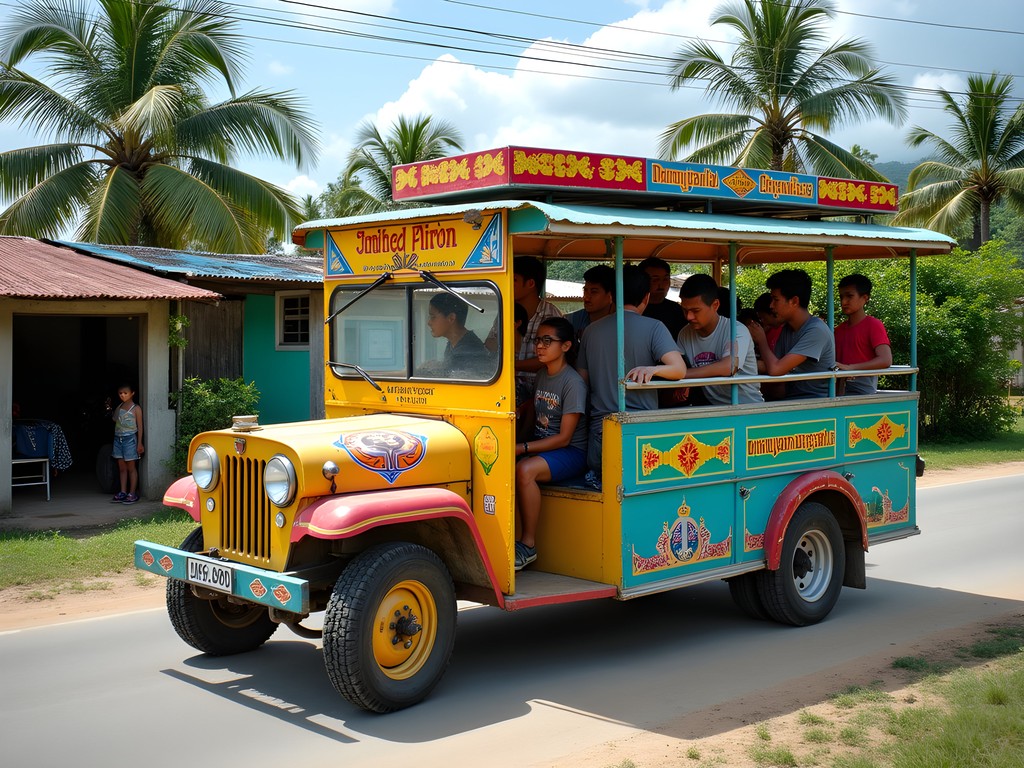
💡 Pro Tips
- Download the Angkas app for motorcycle taxi bookings in urban areas
- Learn basic Visayan phrases like 'Pila?' (How much?) and 'Palihug' (Please) to negotiate fares
- For longer stays, consider renting a bicycle from JJ's Bike Rental in Tagbilaran (300 pesos/day)
Home-Based Culinary Adventures
The true flavor of Bohol isn't found in tourist restaurants but in local homes and carinderias (small eateries). I was fortunate to stay with a family in Baclayon who invited me to join their preparation of kakanin (rice cakes) for a neighborhood fiesta. Hands deep in sticky rice flour, I learned family recipes passed through generations while hearing stories of Bohol's history.
For solo travelers seeking authentic food experiences, I recommend the morning market in Tagbilaran where vendors will happily explain unfamiliar fruits and vegetables. I carried my reusable produce bags to reduce plastic waste while shopping for mangoes and lanzones to fuel my training runs.
Bohol's signature dish is Calamay, a sticky sweet delicacy made from glutinous rice, coconut milk, and brown sugar. In Jagna town, I participated in a traditional calamay-making session, taking turns stirring the mixture in a large wok over an open fire—a genuine upper-body workout that lasted nearly two hours! The result was packaged in coconut shells and made perfect sustainable souvenirs for friends back home.

💡 Pro Tips
- Visit Gerarda's in Tagbilaran for authentic Filipino cuisine at local prices
- Ask for 'add-ons' at carinderias - many have special dishes not listed on menus
- Join the 'Kaon Ta!' (Let's Eat!) food tours run by local university students for insider culinary experiences
Community-Based Ecotourism Beyond the Tourist Trail
While most visitors stick to the Chocolate Hills and tarsier sanctuaries, Bohol's community-based ecotourism initiatives offer more meaningful experiences. In the coastal village of Pamilacan, I joined former whale hunters who now lead responsible dolphin and whale watching tours. Their knowledge of marine life behavior was extraordinary, and the transition from hunting to conservation tourism represents the kind of sustainability transformation I advocate for professionally.
For hikers and trail runners, the Cambuhat River and Village Tour in Buenavista municipality combines kayaking with community visits. I brought my dry bag backpack which proved invaluable when our kayak took on water during a sudden rain shower. The local guides shared how this ecotourism project has reduced mangrove cutting while creating alternative livelihoods.
Perhaps my most memorable experience was joining the Abatan River Community Life Tour, where I paddled a traditional boat through firefly-lit mangroves. The community-managed tour employs former illegal loggers as guides and invests profits into mangrove reforestation. As someone who's worked in corporate sustainability, seeing these principles applied so effectively at the grassroots level was both humbling and inspiring.

💡 Pro Tips
- Book community tours directly through the Bohol Tourism Office rather than hotels to ensure communities receive fair compensation
- Bring a headlamp for nighttime firefly watching tours
- Ask about seasonal community festivals - many villages welcome respectful visitors to their celebrations
Training Like a Local: Finding Running Routes and Fitness Communities
As a marathon runner, maintaining my training schedule while traveling is non-negotiable. In Bohol, I discovered running routes that doubled as cultural immersion. The 4.2km Dauis-Panglao causeway became my interval training spot, where I'd join local running groups at dawn. Through these runs, I met Bohol's small but dedicated running community who invited me to join their weekend long runs through rural barangays (villages).
For strength training, I connected with a local CrossFit-style group that meets at Tagbilaran City Plaza. They use minimal equipment, focusing instead on bodyweight exercises and improvised weights. I brought my resistance bands which proved perfect for hotel room workouts and became conversation starters with fitness-minded locals.
The most unexpected training opportunity came when I joined rice farmers for a morning of planting in Batuan municipality. Spending hours bent over in muddy fields gave me newfound respect for the daily 'workout' many Boholanos consider simply part of life. The farmers laughed at my clumsy technique but appreciated my interest in their traditional farming methods. This cultural exchange—connecting through physical work rather than tourist activities—created genuine bonds that tourist dollars simply cannot buy.

💡 Pro Tips
- Join the Bohol Runners Club Facebook group to find local running partners and events
- Visit the University of Bohol track in Tagbilaran for speed workouts (open to visitors from 5-7am)
- Pack quick-drying clothes as humidity makes multiple workouts in the same gear challenging
Final Thoughts
After two weeks of living like a local in Bohol, I returned home with more than just another marathon training trip under my belt. I gained a deeper understanding of how sustainable tourism can genuinely benefit communities when travelers step beyond the standard attractions. By using public transportation, staying in family homes, eating where locals eat, and participating in community-led initiatives, we create a different kind of tourism footprint—one that supports rather than extracts.
As a sustainability professional, I've long advocated for responsible travel practices, but Bohol showed me how these principles translate into meaningful human connections. The island's natural beauty is undeniable, but its true treasure lies in the warmth of its people and their willingness to welcome mindful travelers into their daily lives. Whether you're a solo adventurer, fitness enthusiast, or simply someone seeking authentic experiences, Bohol offers endless opportunities to connect with local culture while treading lightly on the environment. The question isn't whether you should visit Bohol, but rather: are you ready to experience it like a local?
✨ Key Takeaways
- Public transportation in Bohol is comprehensive and affordable when you understand how to navigate it
- Community-based ecotourism initiatives offer more authentic experiences while directly supporting local livelihoods
- Connecting through shared activities—cooking, farming, running—creates more meaningful cultural exchanges than standard tourist experiences
📋 Practical Information
Best Time to Visit
Year-round, though December-May offers drier conditions
Budget Estimate
$30-50/day including homestay accommodation, local food, and transportation
Recommended Duration
Minimum 1 week, ideally 2 weeks to experience different communities
Difficulty Level
Intermediate

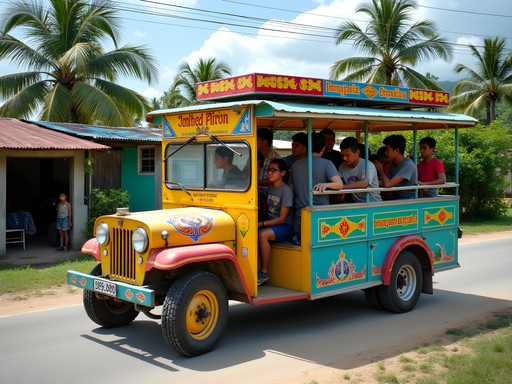
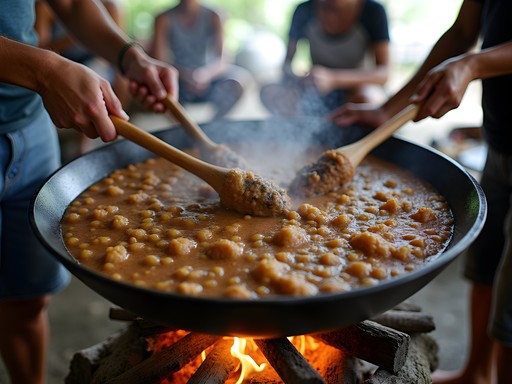
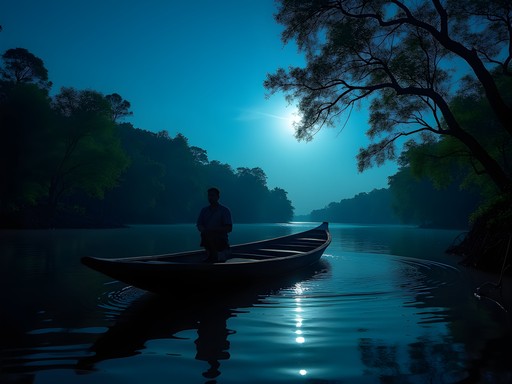




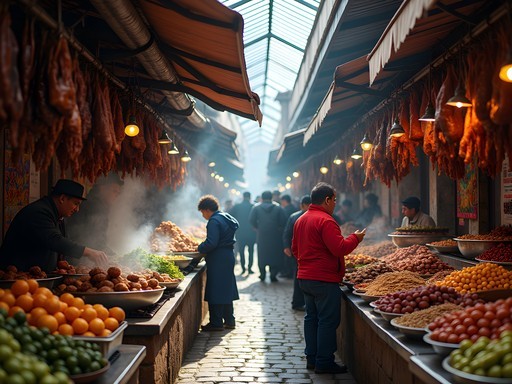

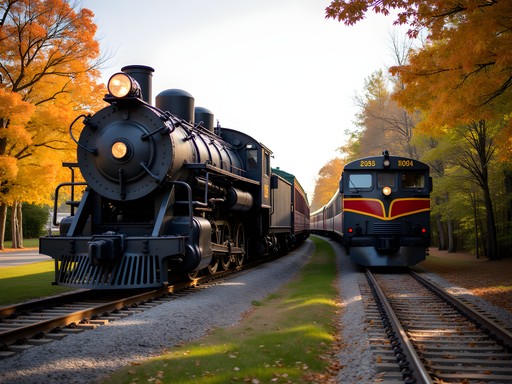

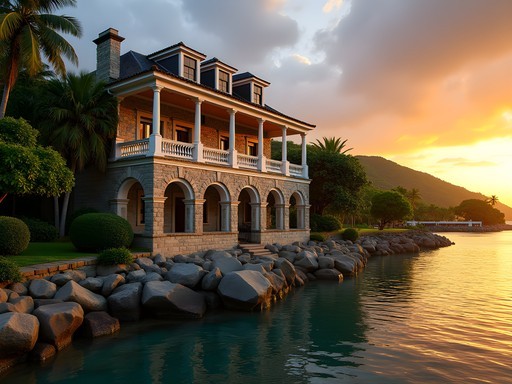

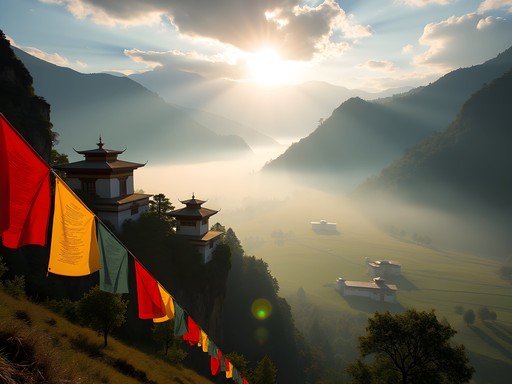
Comments
dreamone
We tried the tricycle system like you suggested and it was so much fun! My kids loved it. The drivers were super friendly and one even showed us a local bakery that had the best pandesal ever. Didn't make it to any running routes though - too busy eating lol!
Sarah Powell
Joshua, your approach to immersive travel resonates with me deeply. I spent three weeks in Bohol last year and found the community-based ecotourism initiatives particularly impressive. The Cambuhat River & Village Tour was a highlight - supporting local livelihoods while experiencing authentic culture. Did you happen to visit any of the organic farms? I found the sustainable agriculture practices fascinating and ended up writing an entire piece about how tourism is helping preserve traditional farming methods there. The transportation section of your post is spot-on too - mastering the jeepney routes is definitely an adventure in itself! I used my pocket phrasebook constantly and it made such a difference in connecting with locals.
Joshua Stewart
Sarah, I did visit a small organic farm near Loboc! The family showed me how they're preserving heirloom rice varieties. Would love to read your piece on sustainable agriculture there. And yes, jeepneys are an adventure - half the fun is figuring out where they're going!
coolguide
I'm heading to Bohol next month! Any tips on which local foods I absolutely must try? Also, was it easy to get around with just English or should I learn some basic Visayan phrases?
Joshua Stewart
Definitely try calamay (sweet sticky rice), puto maya with sikwate (rice cake with hot chocolate), and fresh seafood at the local markets! Most people speak English, but learning 'salamat' (thank you) and 'maayong buntag/hapon/gabii' (good morning/afternoon/evening) goes a long way. Locals really appreciate the effort!
coolguide
Thanks so much! Will definitely try those dishes and practice those phrases!
wandervibes
This is exactly the kind of content I'm here for! Love how you went beyond the typical tourist spots. Those local running routes sound amazing!
Joshua Stewart
Thanks @wandervibes! The running community there was so welcoming. Some of the coastal routes were absolutely breathtaking at sunrise.
Bryce Diaz
Joshua, this brought back so many memories! I spent a month in Bohol in 2023 and can confirm that getting off the tourist trail is where the magic happens. There's a small community near Anda where I ended up staying for two weeks after meeting a local farmer at the market who invited me to see their seaweed farming operation. Ended up helping the family harvest seaweed and learning about their sustainable practices. The community-based tourism initiatives are really making a difference for these families. One tip for anyone heading there: learn just a few basic Visayan phrases - the locals absolutely light up when you make the effort, and doors open that would otherwise stay closed to tourists. The transportation hacks in this post are spot-on too - I eventually figured out the jeepney system but would have saved days of confusion with these tips!
escapeguide202
Any specific phrases you found most useful? I'm terrible with languages but willing to try!
Bryce Diaz
"Salamat" (thank you), "Maayong buntag/hapon/gabii" (good morning/afternoon/evening), and "Pila ni?" (how much is this?) got me pretty far! Locals really appreciate even these simple efforts.
sunnyqueen
Love this post! We stayed with a family in Loboc for three days and it completely changed our Bohol experience. The grandmother taught us how to make bibingka the traditional way, and the kids showed us swimming spots in the river where no tourists go. Those moments eating dinner with the family and hearing their stories were the highlight of our Philippines trip. The chocolate hills are nice but the people are the real treasure!
adventureperson
Those tricycle tips are gold! Got so tired of being charged tourist prices everywhere.
backpack_wanderer
Great post! How did you find homestays in Bohol? Any specific websites or just asked around when you got there?
Joshua Stewart
I actually connected through a local running club first, and they recommended a family. But there's also a community tourism office in Tagbilaran that can connect you with registered homestays. Much more authentic than hotels!
Frank Carter
Joshua, your running routes section resonated with me! I was in Bohol earlier this year researching for my own blog and found myself joining a local running group that meets at 5am near Baclayon Church. The sunrise views along the coastal road were incredible, and the locals shared so many hidden spots I'd never have found otherwise. One fisherman even invited me to join his morning catch after seeing me run by several days in a row! I ended up documenting the experience with my action camera which was perfect for capturing those spontaneous moments. Your point about community connections being the real treasure of Bohol couldn't be more accurate.
escapeguide202
Going to Bohol next month for the first time! Any tips on finding those home cooking experiences you mentioned? I'd love to learn how to make proper Filipino adobo.
sunnyqueen
Not Joshua, but when I was there last year, I just asked my homestay host and they arranged a cooking session with their mom! Most Filipinos are super hospitable if you show genuine interest in their cuisine.
Venture X
Premium card with 2X miles, $300 travel credit, Priority Pass